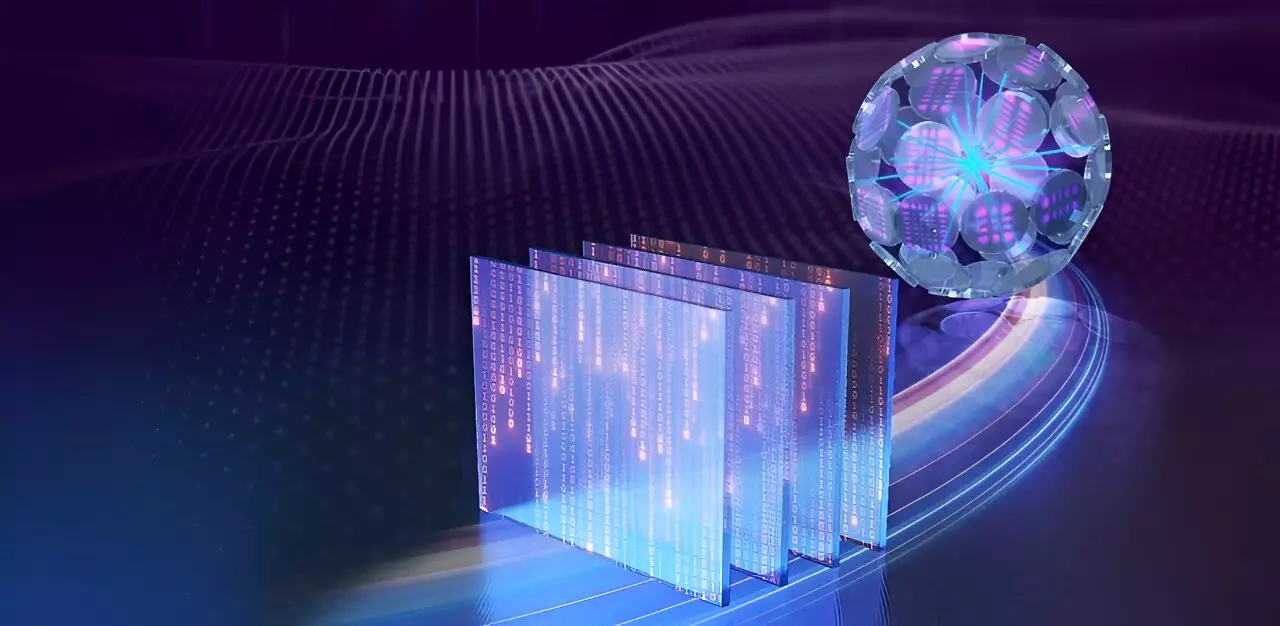In the ever-evolving landscape of technology, light plays a crucial role that goes beyond simple illumination. The transmission of light has become foundational to various modern innovations, encompassing domains like high-speed internet, cutting-edge telecommunications, and sophisticated medical imaging techniques. Nevertheless, significant challenges persist when attempting to convey light through complex environments that include turbulent atmospheres or flawed optical systems. These intricacies often lead to distortions that compromise the reliability and clarity of transmitted light, creating hurdles that scientists have long endeavored to overcome. Fortunately, groundbreaking research from Soochow University offers a beacon of hope for addressing these limitations.
As highlighted in the esteemed journal Advanced Photonics, the researchers from Soochow University have unveiled remarkable insights into the behavior of light as it navigates through unpredictable and irregular media. Their findings suggest a potential transformation in how we approach various practical applications, particularly in fields that depend on optical communications and advanced imaging systems. Traditionally, the challenges posed by light flickers and deformations within complex environments have restricted the potential uses of optics, but this recent advancement could be a game-changer.
This team has ingeniously turned to the concept of coherence entropy, a novel approach that aims to characterize light fields more effectively under fluctuating conditions. Coherence entropy serves as a statistical measure representing the coherence property of light, offering a global perspective to analyze light’s behavior in chaotic environments. Historically, understanding and quantifying coherence has proven to be a daunting task for researchers, but the introduction of coherence entropy presents a solution.
By employing orthogonal modal decomposition to analyze partially coherent beams, the research team has established coherence entropy as a viable metric for gauging light behavior. One of the most promising aspects of their findings is that coherence entropy demonstrated remarkable stability even as light traversed a unitary system laden with irregularities. This stability suggests that coherence entropy can serve as a dependable metric for characterizing light fields in less-than-ideal conditions, unlocking opportunities to enhance technological applications dramatically.
The team’s thorough experiments examined how coherence entropy functions across varied deformed optical systems and turbulent media. Their results indicate that coherence entropy remains a robust and consistent measurement tool, effectively evaluating performance and reliability even in complex contexts. Dr. Chengliang Zhao, the lead researcher, aptly noted, “This research represents a major leap forward in our ability to predict and control light propagation through complex environments.” This statement underscores the significant implications of their work.
The impact of this study extends widely across multiple domains. Optical communication systems, which often must contend with atmospheric disturbances, stand to benefit immensely from this new understanding of light behavior. The reliability and performance of these systems can be significantly enhanced through the strategic application of coherence entropy, making it an invaluable tool for engineers and scientists. Furthermore, imaging technologies that rely on the accurate transmission of light through distorted media will also experience advancements, leading to more precise and effective solutions.
In essence, the introduction of coherence entropy as a measure of light field behavior opens new avenues for users of low-coherence light fields in various scientific and practical applications. By equipping researchers and engineers with a streamlined way to assess and manage light propagation, this breakthrough paves the way for advancing numerous technologies that rely on the efficient use of light.
The ability to successfully control and predict light behavior amidst challenging circumstances holds transformative potential for a multitude of scientific applications. The pioneering work done by the researchers at Soochow University heralds a new era in optical technology, where coherence entropy may serve as the cornerstone for enhanced light transmission methodologies. As this field of research continues to develop, the future of optical innovations appears brighter than ever, opening doors to possibilities previously thought unattainable.


Leave a Reply